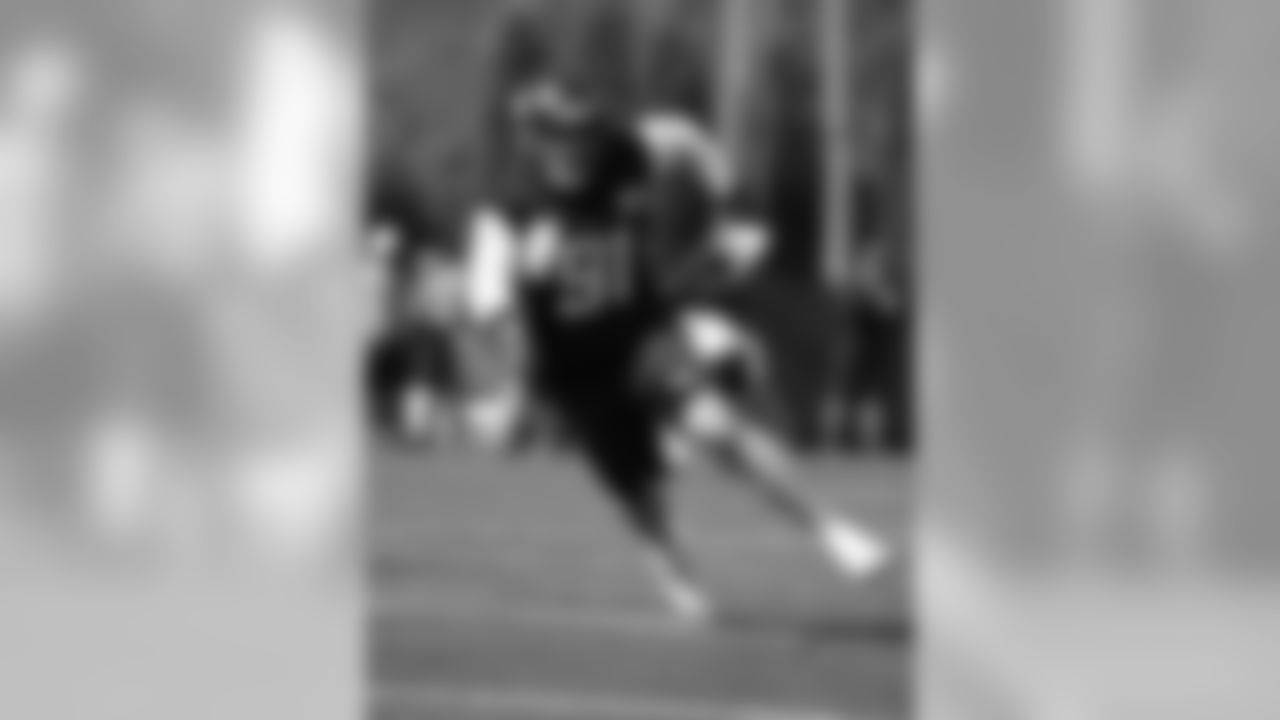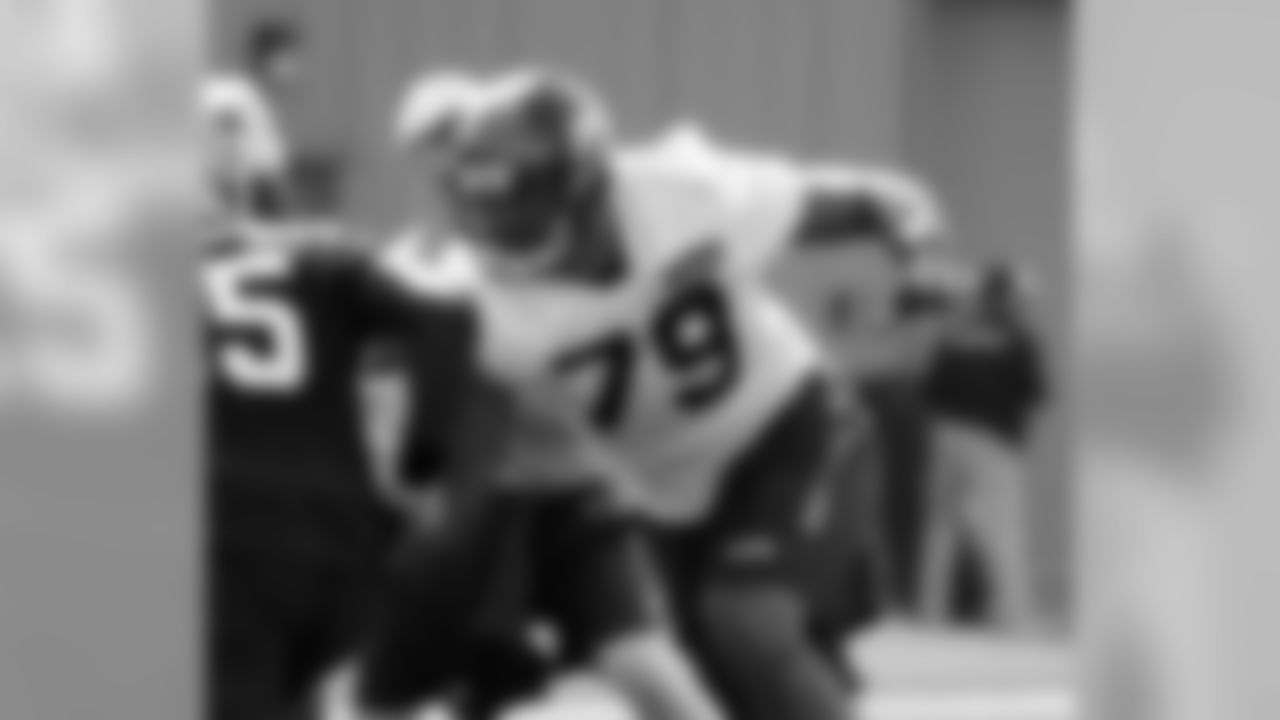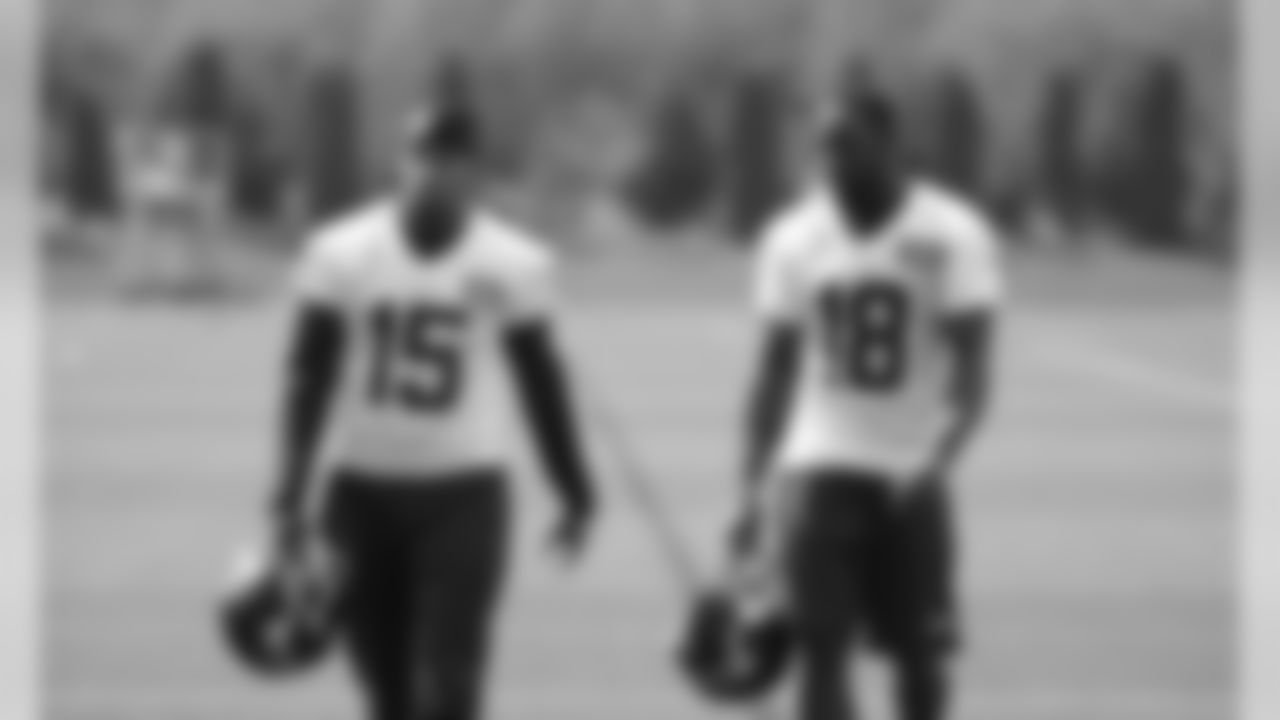On its own, the Seahawks' signing of George Farmer over the weekend might not seem like anything too significant; plenty of young, promising players bounce from NFL roster to NFL roster this time of year.
But in signing Farmer, then immediately switching him from his college position of wide receiver to cornerback, the Seahawks once again are demonstrating a willingness to experiment that is uncommon in the NFL. It's completely normal for college football players to move from one side of the ball to another, but generally by the time a player gets to the NFL, he sticks with what he did in college or he just doesn't make it in the league. But as Seahawks coach Pete Carroll put it earlier in training camp, "conventional wisdom and me don't get along very well."
Dating back to the 2012 drafting of J.R. Sweezy, a defensive tackle who the Seahawks successfully turned into their starting right guard, the Seahawks have made a habit of trying to convert late-round or undrafted athletic defensive linemen into offensive linemen. They haven't all been success stories, but there is a decent chance Seattle will open the 2015 season with two college defensive linemen—Sweezy and center Drew Nowak—starting on its offensive line.
And now, after a few years of converting defensive linemen to offense, the Seahawks have added a new position converting project: moving receivers to cornerback. Earlier in camp, the Seahawks moved 6-foot-3 receiver Douglas McNeil III from receiver to corner, and now they signed Farmer, who went undrafted out of USC this year, to make that same switch. This latest trend, if it turns into a trend, would make plenty of sense. College football is full of 6-foot-plus, extremely athletic receivers, but finding corners with speed, height and arm length—all musts for a Seahawks corner—can be difficult.
Pete Carroll and his coaching staff, as well as general manager John Schneider and his scouts, stress the concept of looking at what a player does well rather than focusing on that player's limitations. It's why they drafted Russell Wilson, a quarterback who is very talented, but who lacks the perceived requisite height for playing quarterback in the NFL, it's why they might start two former defensive linemen on offense, and it's why they have had success with cornerbacks like Richard Sherman, Byron Maxwell and Brandon Browner, who other teams passed on, but in whom the Seahawks saw an ability to play their specific brand of defense.
"If you're looking to see what a guy can do instead of what he can't do, then it does leave you open to opportunities to see things like that," Carroll said.
Carroll was talking about moving linemen from offense to defense when he said that, but that quote very much applies to the signing of Farmer. In Farmer, who is listed at 6-1, 213 pounds, the Seahawks add another explosive, long-limbed athlete to the position. He will be a project, to be sure, having not played corner since high school, but in a player who was once one of the top recruits in the nation, the Seahawks see someone they just might have a chance to develop into a quality cornerback.
"George was a tremendous athlete (in high school), a great track runner from a great school that featured track guys," said Carroll, who recruited Farmer before leaving USC for Seattle. "So we're playing him on defense, we want to see what he looks like. It didn't work out for him offensively. He had a good day (Monday), he made a couple plays for us so we'll see what happens."
Farmer, who signed with Dallas after the draft, hadn't been asked about playing defense by any NFL teams before Seattle brought him in for a workout, but he was immediately open to the idea.
"I've thought about it before this, but they brought it up to me and I thought, why not give it a shot?" he said.
Farmer's first day of practice at a new position "felt good," he said, but he and the Seahawks know there will be an adjustment period. Neither he nor McNeil is likely to to push for a starting job anytime soon, but given some time and given the Seahawks' history for developing cornerbacks, there's no reason Seattle's latest unusual experiment can't work.
"I've got to get used to going backwards now instead of running forward, so it's a little transition," Farmer said. "But I've got great coaches around me, great teammates, a lot of leaders out here, so I'm feeling good about it."
And the way coaches see it, there can even be a positive to changing a player's position this late in the game: that player can be coached to play in his new team's system without having to unlearn, as Cable phrases it when talking about D-line converts, any bad habits.
"Right now they're a clean, blank slate," defensive coordinator Kris Richard said of McNeil and Farmer. "So we're able to mold them in any facet that we please."
The team took the field for the first practice of preseason Week 3, preparing for the San Diego Chargers Saturday August 29.

Mike O'Brien

Jack Patera

Larry Peccatiello

Brian Peets

Bob Penchion

Robert Pratt

Steve Preece

Steve Raible

Geoff Reece

Jerry Rhome

Robert Hardy

David Sims

Sherman Smith

Doug Sutherland

John Thompson

Dave Tipton

Corky Trewin

Manu Tuiasosopo

Byron Walker

Jim Walsh

Cornell Webster

Jeff West






